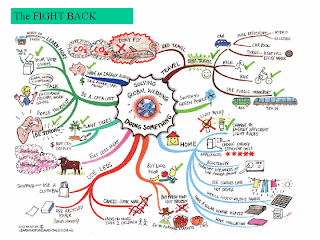Our next-door neighbor has just made a record – now we have one country western to ours ahead in time. I am no expert to comment on whether semi-tropical country like ours needs a Day Light Saving but I can tell you that we need more than one time zone.
The realization of the need came to my life at an early stage when I was traveling to my aunt’s place on western side of the country. Having spent my childhood entirely on the eastern side of the country, I was amazed to see the extended day light during the visit.
Subsequently, I moved to another location, more central in country’s map, about a decade and half ago. The childhood realization has just got reinforced during my recent visit to Northeastern part of my country. I was mesmerized to witness that sunrise in the Himalayas in the early hour of the day. From my current place of living, whenever I go to my native, I always feel the difference - Sunrise is significantly early.
Logically speaking, we should follow the sun, not the watch. Watch is only a mechanism to refer to. It is man made and man adjusted. Watch can always be adjusted to suit our need, what we can’t alter is sunrise and sun set. Sundial, which is governed by the movement of Sun in the sky, had managed the mankind for several centuries.
The need for a different time zone is to utilize the available daylight in an effective manner. Otherwise, it was most practical to have one time for the entire globe. In the current state of alarming energy crisis, the most prudent way to tackle the situation is to make use of the “Father” of all energy sources, the Sun. By virtue of our location in the globe, we have abundance of natural sunlight. Creating different time zones will help us to minimize our dependency on electricity. Just by finishing the day’s work early by an hour or so, we can save significant amount of electricity and green house gasses as well.
The most practical use of this simple measure is demonstrated by the USA – a country with four different time zones, each apart from the next by one hour. More interestingly, this country also follows Day Light Saving. That means, a country with eight different time settings thru’ out the year!
The latest additions to this journey are Pakistan and Morocco. At this moment, there are many countries debating on this issue. Surprisingly, we do not have any taker from our country. I agree that there will be initial difficulties. But it is associated to any change. When in the history of mankind, a change is accepted without a trace of resistance? But history will tell us that in all cases, the logical changes have won the popular verdict and got implemented.
I urge the country’s policy makers to acknowledge the need of the hour and implement the necessary changes at the earliest. To me, we should have two time zones, Eastern and Western, with one-hour difference. Implementation of daylight saving is a much finer issue. Creation of two time zones itself will have round the year benefits.
Where is the countries’ science fraternity? Can we hear their voice?
Further reference - http://www.worldtimezone.com/



